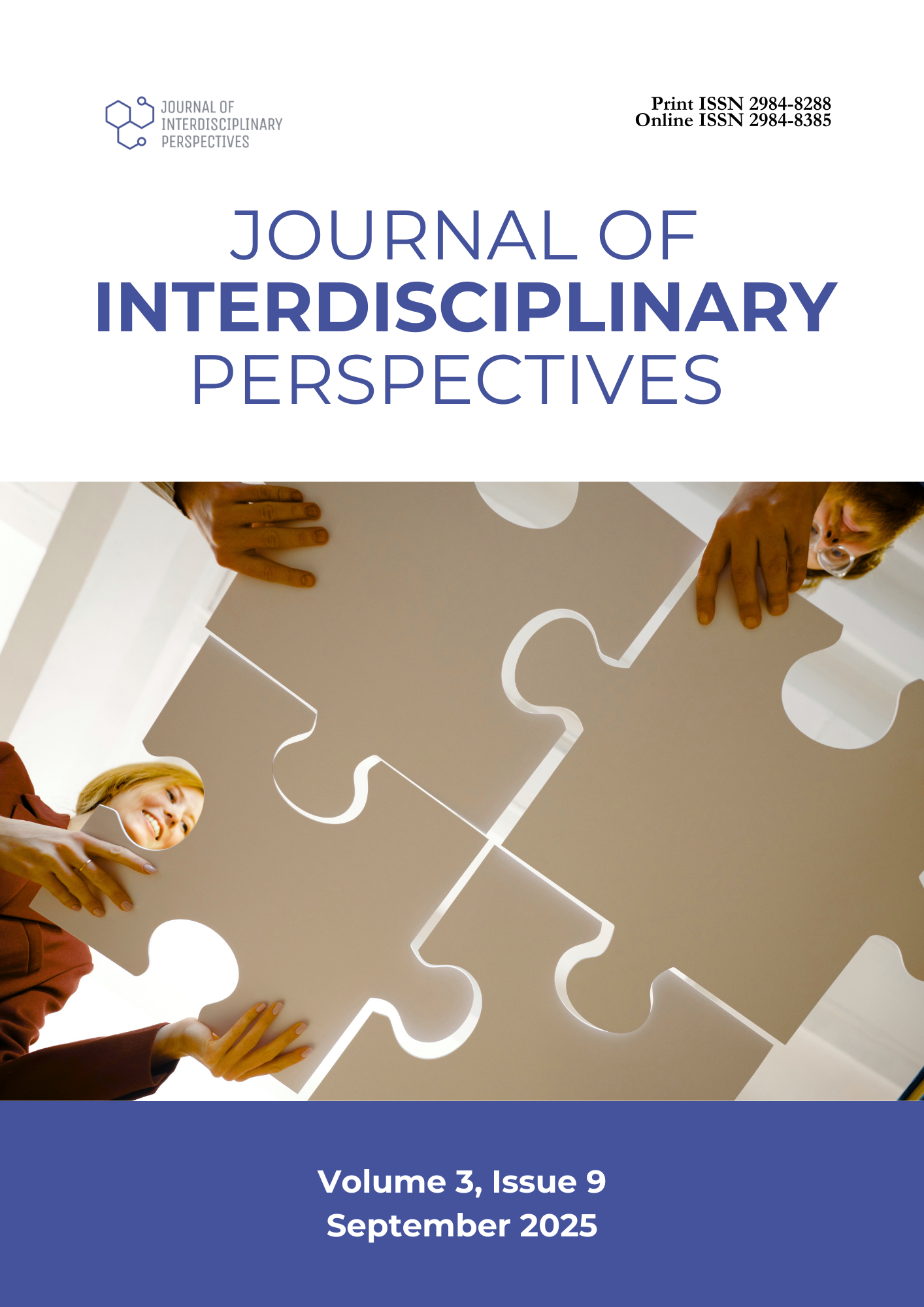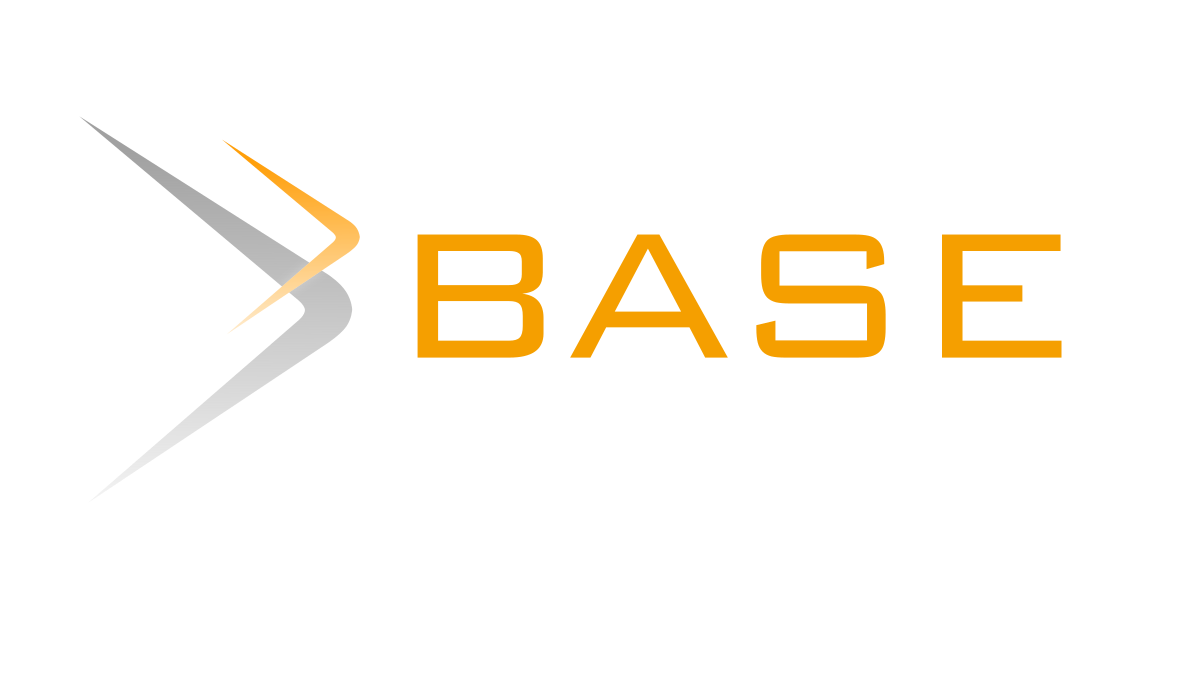Assessing the Impact of Technology Integration on Intermediate Learners’ Attention Span
DOI:
https://doi.org/10.69569/jip.2025.535Keywords:
Attention span, Classroom engagement, Educational technology, Intermediate learners, Techno- logy integrationAbstract
This study investigated the impact of technology integration on the attention span of intermediate learners at Blingkong Central Elementary School, addressing a gap in understanding its cognitive effects within Philippine basic education. Using a descriptive-correlational quantitative approach, data were collected from 39 students and 20 teachers through validated questionnaires. Statistical analysis included frequencies, means, percentages, and Pearson correlation coefficients. Results revealed moderate positive correlations between technology use and learners’ attention spans in behavioral (r = 0.42, p < 0.01), cognitive (r = 0.36, p < 0.05), and academic (r = 0.38, p < 0.05) domains. These findings suggest that while technology can enhance focus and engagement, its effectiveness depends on strategic implementation and teacher facilitation. The study highlights the importance of learner-centered digital integration to foster sustained attention and improved academic outcomes.
Downloads
References
Anderson, C. J., & Ones, D. S. (2014). The role of personality in self-regulation of attention and behavior. Journal of Research in Personality, 48, 30–38. https://doi.org/10.1016/j.jrp.2013.11.002
Duckworth, A. L., Quinn, P. D., & Tsukayama, E. (2009). Self-control and academic achievement. Journal of Educational Psychology, 101(2), 439–451. https://doi.org/10.1037/a0015832
Engle, R. W. (2002). Working memory capacity as executive attention. Current Directions in Psychological Science, 11(1), 19–23. https://doi.org/10.1111/1467-8721.00160
Ertmer, P. A., & Ottenbreit-Leftwich, A. T. (2010). Teacher technology change: How knowledge, confidence, beliefs, and culture intersect. Journal of Research on Technology in Education, 42(3), 255–284. https://doi.org/10.1080/15391523.2010.10782551
Fraillon, J., Ainley, J., Schulz, W., Friedman, T., & Gebhardt, E. (2019). Preparing for life in a digital world: IEA international computer and information literacy study 2018 international report. Springer. https://doi.org/10.1007/978-3-030-38781-5
Hew, K. F., Lan, M., Tang, Y., Jia, C., & Lo, C. K. (2019). Where is the “theory” within the field of educational technology research? British Journal of Educational Technology, 50(3), 956–971. https://doi.org/10.1111/bjet.12770
Inan, F. A., & Lowther, D. L. (2010). Factors affecting technology integration in K–12 classrooms: A path model. Educational Technology Research and Development, 58(2), 137–154. https://doi.org/10.1007/s11423-009-9132-y
Kay, R. H. (2006). Evaluating strategies used to incorporate technology into preservice education: A review of the literature. Journal of Research on Technology in Education, 38(4), 383–408. https://doi.org/10.1080/15391523.2006.10782466
Koehler, M. J., Mishra, P., & Cain, W. (2013). What is technological pedagogical content knowledge (TPACK)? Journal of Education, 193(3), 13–19. https://doi.org/10.1177/002205741319300303
Krumsvik, R. J. (2014). Teacher educators’ digital competence. Scandinavian Journal of Educational Research, 58(3), 269–280. https://doi.org/10.1080/00313831.2012.726273
Lawless, K. A., & Pellegrino, J. W. (2007). Professional development in integrating technology into teaching and learning: Knowns, unknowns, and ways to pursue better questions and answers. Review of Educational Research, 77(4), 575–614. https://doi.org/10.3102/0034654307309921
Mark, G., Wang, Y., & Niiya, M. (2016). Stress and multitasking in everyday college life: An empirical study of online activity. Proceedings of the SIGCHI Conference on Human Factors in Computing Systems, 41(1), 41–50. https://doi.org/10.1145/2858036.2858206
Mayantao, R., & Tantiado, R. C. (2024). Teachers’ utilization of digital tools and confidence in technology. International Journal of Multidisciplinary Research and Analysis, 7(5). https://doi.org/10.47191/ijmra/v7-i05-16
Moro, K. C., & Billote, W. J. S. M. (2023). Integrating Ivatan indigenous games to learning module in physics: Its effect to student understanding, motivation, attitude, and scientific sublime. Science Education International, 34(1), 3–14. https://doi.org/10.33828/sei.v34.i1.1
Mrazek, M. D., Franklin, M. S., Phillips, D. T., Baird, B., & Schooler, J. W. (2013). Mindfulness training improves working memory capacity and GRE performance while reducing mind wandering. Psychological Science, 24(5), 776–781. https://doi.org/10.1177/0956797612459659
Pérez-Juárez, M. Á., González-Ortega, D., & Aguiar-Pérez, J. M. (2023). Digital distractions from the point of view of higher education students. Sustainability, 15(7), 6044. https://doi.org/10.3390/su15076044
Posner, M. I., & Rothbart, M. K. (2018). Attention, self–regulation and consciousness. Philosophical Transactions of the Royal Society B: Biological Sciences, 373(1754), 20170352. https://doi.org/10.1098/rstb.2017.0352
Prisacariu, A., & Shah, M. (2016). Defining the quality of higher education around ethics and moral values. Quality in Higher Education, 22(2), 152–166. https://doi.org/10.1080/13538322.2016.1201931
Redecker, C. (2017). European framework for the digital competence of educators: DigCompEdu. Publications Office of the European Union. https://doi.org/10.2760/159770
Redecker, C., & Johannessen, Ø. (2013). Changing Assessment: Towards a new assessment paradigm using ICT. European Journal of Education, 48(1), 79–96. https://doi.org/10.1111/ejed.12018
Rosen, L. D., Carrier, L. M., & Cheever, N. A. (2013). Facebook and texting made me do it: Media-induced task-switching while studying. Computers in Human Behavior, 29(3), 948–958. https://doi.org/10.1016/j.chb.2012.12.001
Rothbart, M. K., & Posner, M. I. (2015). The developing brain in a multitasking world. Developmental Review, 35, 42–63. https://doi.org/10.1016/j.dr.2014.12.006
Smallwood, J., & Schooler, J. W. (2015). The science of mind wandering: Empirically navigating the stream of consciousness. Annual Review of Psychology, 66, 487–518. https://doi.org/10.1146/annurev-psych-010814-015331
Soriano, R., & Perez, E. I. (2023). Remote assessment of learning during the pandemic: Junior high school teachers’ experiences. International Journal of Evaluation and Research in Education, 13(2), 731–741. https://doi.org/10.11591/ijere.v13i2.25973
Tondeur, J., Scherer, R., Siddiq, F., & Baran, E. (2017). A comprehensive analysis of teacher digital competence: A review of existing frameworks. Computers & Education, 104, 1–17. https://doi.org/10.1016/j.compedu.2016.11.005
Valtonen, T., Sointu, E., Mäkitalo, K., & Kukkonen, J. (2023). How does student engagement relate to academic performance and attention span in online learning? Education and Information Technologies, 28, 429–448. https://doi.org/10.1007/s10639-022-11100-w
Zhang, J. (2022). Teachers' professional learning communities in China: A mixed-method study on Shanghai primary schools. Routledge. https://doi.org/10.4324/9781003286141
Downloads
Published
How to Cite
Issue
Section
License
Copyright (c) 2025 Journal of Interdisciplinary Perspectives

This work is licensed under a Creative Commons Attribution-NonCommercial 4.0 International License.








